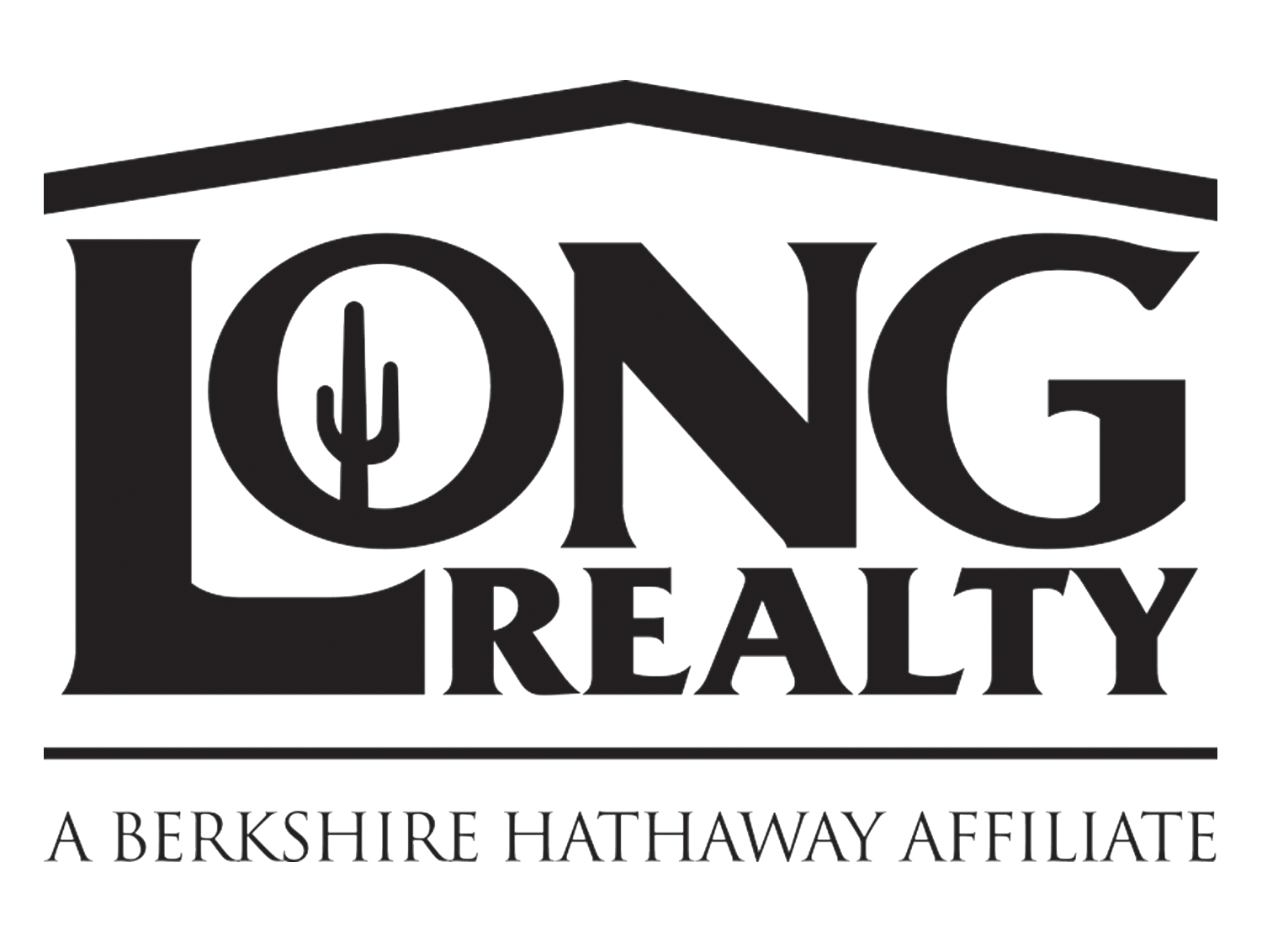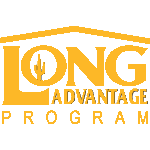This is the sixth in a series of articles targeted towards potential home buyers looking at building a custom home and the topics or questions they might face. Read the last article about Wells & Water Issues in Tucson. While these articles will focus on the typical issues of building a custom home in the Tucson, Arizona metropolitan area, many of the issues may well be similar throughout the state and other parts of the country.
Not every aspect of building a custom home is exciting. In fact, some parts can be downright shi%*y. All “bathroom” humor aside, wastewater removal for a home is a consideration when choosing a lot and going through the build process. If given the choice, most people would absolutely choose to be connected to a sewer system and many custom lots are, but it’s also not a deal breaker for most people to utilize a septic or alternative system. Septic systems have been around for years and years and if installed & maintained correctly should provide decades of use with few issues. When septic isn’t an option, an alternative system may be used, but they’re often more costly and require more maintenance.
In Search of a Sewer Connection
During the lot purchase process definitely investigate and determine if the property you’re buying has an available sewer connection. Don’t rely upon the listing information alone, but visually confirm this, and you can also speak with the wastewater company to verify the connection. GIS maps online can be another resource to provide additional assurance. If the property isn’t connected or nearby access doesn’t exist, then a septic system will be you’re likely next step. At this point make sure the builder you’re considering hiring has experience with installing them. Most builders who’ve been around for a while should be very familiar with all the considerations of septic systems and have a reliable subcontractor who they consistently use and trust. During the due diligence process, or inspection period, research the property with the Arizona Department of Environmental Quality or Pima County Department of Environmental Quality to make sure it qualifies for a conventional septic system. Don’t rely upon other nearby homes having them and assume anything.
A septic system installation does add some additional expense to the build project, but the overall impact is pretty low with average installations running about $6,000 – $8,000 for a conventional system total installation. A general range of pricing for the septic system might be $3,500-$4,000, the leach field installation $2,000-$2,500, and the percolation test, design, and permitting another $700-$1,000. Alternative systems are generally more expensive and often require more maintenance costs and time spent monitoring.
Testing the Soil
Before a new system is installed a percolation test (or “perk test”) must be performed at the property which determines the native soil’s ability to treat and remove liquid effluent. This will indicate the soil condition at the property and the required size and location of the leach field where the effluent will be discharged into. The percolation test and system/site design should be completed by a licensed investigator to comply with governmental standards. An engineer is typically not required unless the construction costs will exceed $12,500. Once the perk test & site investigation report and design are completed, they can be submitted for approval to PDEQ with the “Notice of Intent to Discharge” form. After review and approval, a Construction Authorization will be received and the installation can begin. Inspections will be needed to verify proper installation before backfilling and getting the final Discharge Authorization.
While most of Arizona is governed and certified through the ADEQ, Pima County does handle their own records, testing, and certification so those throughout the greater Tucson area can get more specific information from the Pima County Department of Environmental Quality. Most of their guidelines are still established based upon Arizona Administrative Code (Title 18 – Chapter 9). Their FAQ page does provide plenty of good information for those looking into septic systems around Tucson.
Septic System Maintenance
The builder and subcontractor will handle most of the details of the process so don’t get bogged down in all the fine print. However, it’s a good idea to understand the general outline of the process so you can ask informed questions and make sure the general guidelines are followed throughout to make sure things progress along in a timely and efficient manner. It’s also a good idea to familiarize yourself with the maintenance requirements of the septic system to ensure the longevity of the system. A properly sized and maintained system will last for many years with little maintenance costs other than occasional pumping (can be 5-10 years depending on size & usage), and sometimes a leach field will need to be repaired or replaced after 20-25 years. Perhaps the most common damage that we see to septic systems is from tree intrusion so be very mindful of where and what specific landscaping is placed around the system.
One way to help your system’s overall efficiency is by limiting the amount of water going into it. Water conservation practices can expand the life of the system and certainly delay pumping. Using greywater for landscaping is one way to divert some of that water from your septic, save money on water, and reduce your environmental impact. The ADEQ does have a pamphlet for Using Gray Water at Home to make sure you comply with all regulations.
Septic systems are an unknown to many potential buyers, but don’t be afraid of that unknown if the lot otherwise fits your requirements. A little bit of research and education on your own and partnering with a knowledgeable builder should alleviate any potential concerns. In a perfect world, a sewer system would be available to all properties, but don’t run just because a septic might be needed. Even those buying a lot in an area with a connected sewer system should be aware of any possibility of repair liability on their part by an HOA. As with any real estate purchase, thorough due diligence is required to make for a long, happy ownership.
Alternative Systems
There are a some other alternative systems which can be used for waste output as well. Easily our most recommended route is contacting our friends at Watershed Management Group who have several composting toilet designs that are approved through ADEQ. These can be installed in your home to handle waste output and they will eventually transform into composting material for your yard too! They even have a solution for the greywater output of your home that would normally go into a septic system, but can instead be used for outdoor irrigation. Under their Resources Library tab, simply filter your search by your desired topic, greywater in this case, to learn additional information. Much more information can be found about composting toilets at Watershed Management Group’s website by searching for composting toilets, including many videos. However, here’s a link to the approved composting toilet design, and a request for a take home composting barrel kit.
Next up in our series of articles on custom home building will be: Financing Your Custom Home Build








Connect With Us!